
Polish heraldry is the study of the coats of arms that have historically been used in Poland and the Polish–Lithuanian Commonwealth. It treats of specifically Polish heraldic traits and of the Polish heraldic system, contrasted with heraldic systems used elsewhere, notably in Western Europe. Due to the distinctive ways in which feudal societies evolved. Poland's heraldic traditions differ substantially from those of the modern-day German lands and France.
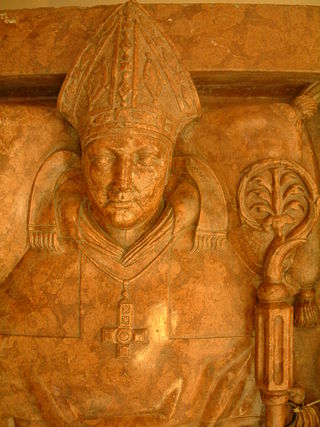
Jan Lubrański was a Polish bishop, politician and diplomat. His coat of arms was Godziemba.
Czesław Czypicki (1855-1926) was a Polish lawyer from Kożmin, activist for the singers societies. His father was a forester. After graduating from a Junior High School in Braniewo, he studied law in Wroclaw. He did his internship in a court in Jastrowie, and then settled in Koźmin Wielkopolski.

Spytek of Melsztyn was a Polish nobleman (szlachcic) of the Leliwa coat of arms.
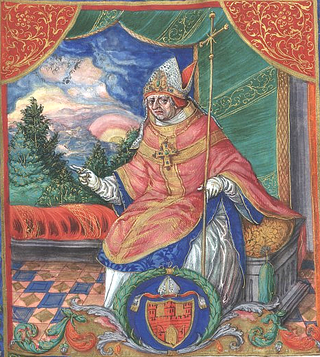
Janusz Suchywilk of Grzymala Coat of Arms was a Polish nobleman (szlachcic), relative of Jarosław z Bogorii i Skotnik.
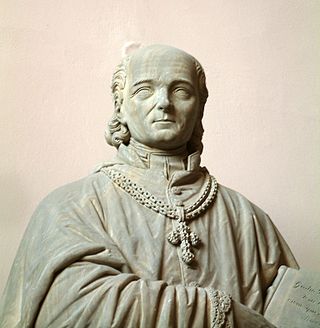
Marcin Dunin Sulgostowski of Łabędź coat of arms was archbishop of Poznań and Gniezno, primate of Poland.

Stefan Mokrzecki of Ostoja coat of arms (1862–1932) was a general in the Russian Army and the Polish Army. During Polish-Soviet War commanded 8 DP and other units. Later member of armed forces of Republic of Central Lithuania. Retired in 1925. He was brother of Adam Mokrzecki that also was a general in Russian army to end as general of Polish army. He was born in Dzitryki, now in Belarus.
Unger was a bishop at Poznań, after the year 1000 bishop of Poznań, independent from archbishop of Gniezno.
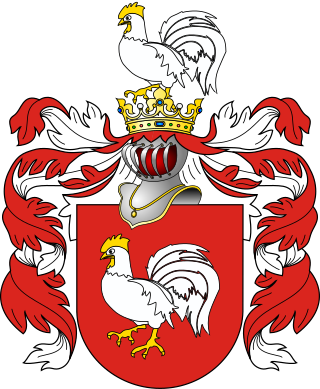
Kur is a Polish coat of arms. It was used by several noble families forming a Clan of Kur in the times of the Kingdom of Poland and the Polish–Lithuanian Commonwealth. It is noted during the reign of the Jagiellon dynasty and illustrated with its original name in the work of Bartosz Paprocki "Herby Rycerstwa Polskiego" in 1584. Furthermore, it is published in the work of Szymon Okolski in 1641. and several other publications

The Clan of Ostoja was a powerful group of knights and lords in late-medieval Europe. The clan encompassed families in the Polish–Lithuanian Commonwealth, Hungary and Upper Hungary, Transylvania, and Prussia. The clan crest is the Ostoja coat of arms, and the battle cry is Ostoja ("Mainstay") or Hostoja ("Prevail"). The clan, of Alan origin, adopted the Royal-Sarmatian tamga draco (dragon) emblem.

Mikołaj Błociszewski - a court knight and the deputy of King Jogaila for negotiations with the Teutonic Knights. He was Castellan of Sanok (1401–1415), Judge of Poznań (1415–1419) and Lord of Greater Poland.
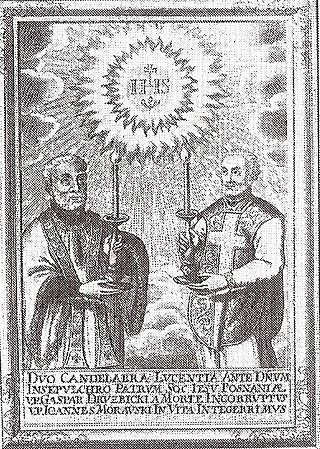
Jan Morawski – Jesuit, theological writer.

Mikołaj (Nicholas) Dzierzgowski (1490–1559) was Archbishop of Gniezno and primate of Poland. He was born in 1490 into a szlachta family of the Jastrzębiec coat of arms. He was born out of wedlock to Jeżewskiego de Dzierzgów and either Zbigniewy Wilkanowskiej or Catherine Wilkanowskiej.

All Saints' Church in Kórnik, Poland, is a historic Gothic church. The church located south of Poznań and is part of the Roman Catholic Archdiocese of that city. On July 11, 2011 the site was enlisted on the List of Historic Monuments of Poland.

Uriel Górka of the Łodzia coat of arms was bishop of Poznań and chancellor of the Crown. He was one of the most powerful men in Poland of his generation.
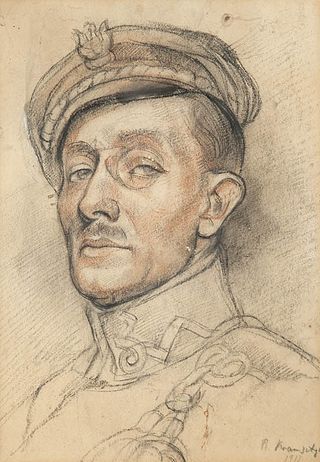
Karol Antoni Maszkowski, later known as Karol Zyndram Maszkowski was a Polish painter, poster designer, and stained glass artist.

The Modliszewski family - a Polish noble family with the Ostoja coat of arms, belonging to the heraldic Clan Ostoja (Moscics). The Modliszewski took their surname from the village of Modliszewo Kościelne, located in the former district of Gniezno in the Kalisz voivodeship. Modliszewo Kościelne bordered with Modliszewem Wielkim, from which the Modliszewskis of the Dryja coat of arms and the Modliszewskis of the Topór coat of arms. The Modliszewskis of the Ostoja coat of arms were mentioned by Kasper Niesiecki in Polish Herbarz.

The Ochocki family – Polish noble family with the Ostoja coat of arms, belonging to the heraldic Clan Ostoja (Moscics), originating from Ochocice near Kamieńsk in the former Sieradz Province. The Ochocki family was mentioned by Kasper Niesiecki in Herbarz Polski.













